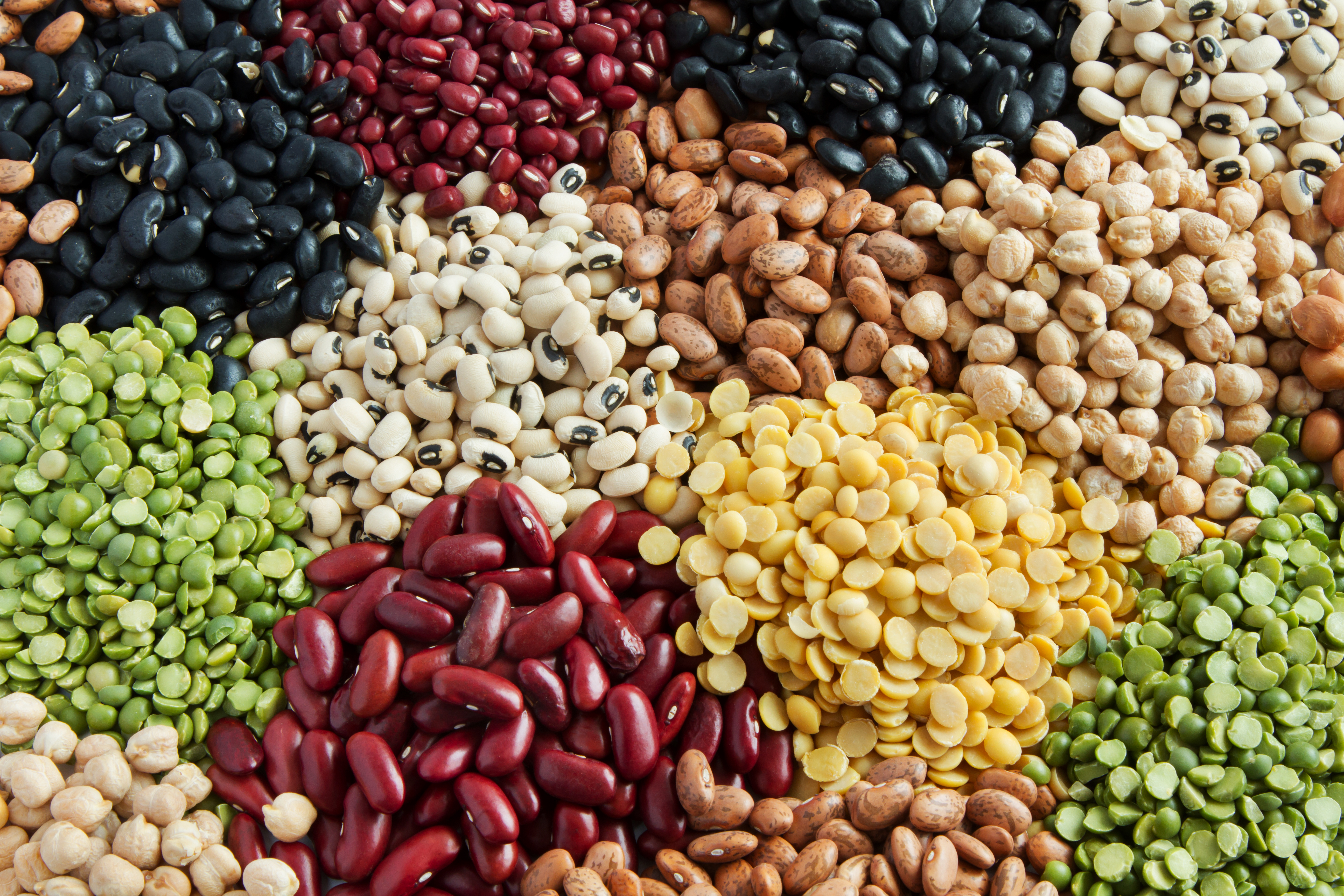Make Room for Legumes
High in fiber, high in protein and low in fat. Don’t just “plant a seed” to add legumes to your diet. Eat the seed.
Legumes, in general, are the edible seeds of the Leguminosae plant family. Members of this family include:
- Beans
- Peas
- Lentils
- Peanuts (because they don’t grow on trees — that’s why peanuts are considered legumes instead of nuts)
Legumes are affordable and plentiful form of protein. Both easily prepared and having a mild flavor, legumes work well in almost any dish. Because they are a great source of protein that doesn’t come from animals, they are favored among vegetarians and cardiac event survivors.
Studies have linked consumption of legumes to a lower risk of heart disease, lower cholesterol levels, lower blood pressure and assist with long-term weight loss. However, it should be noted that the fibers in legumes can lead to gas and bloating — so those with GI sensitivity may need to:
- increase their consumption of legumes slowly
- if using dry legumes, soak them overnight — then rinse them before cooking
- or if using canned legumes — drain and rinse them before cooking (this helps remove sodium, too)
- try Beano to help your body digest better digest legumes
For more help, talk to your health care provider or a registered dietitian. For those who have survived cardiac events, learn how our rehabilitation services are available to help with diet-related topics.
For ideas, view the list below for some healthy recipes containing legumes. Great for cold wintry days, to share at Thanksgiving dinner or just whenever.
Appetizers and Snacks
- Hummus Dip
- Spicy Black Bean Hummus
- Crispy Cinnamon Garbanzo Beans
- Rosemary White Bean Dip
- Pinto Bean and Salsa Dip
- Mango Black Bean Salsa
Soups, Salads & Entrees
